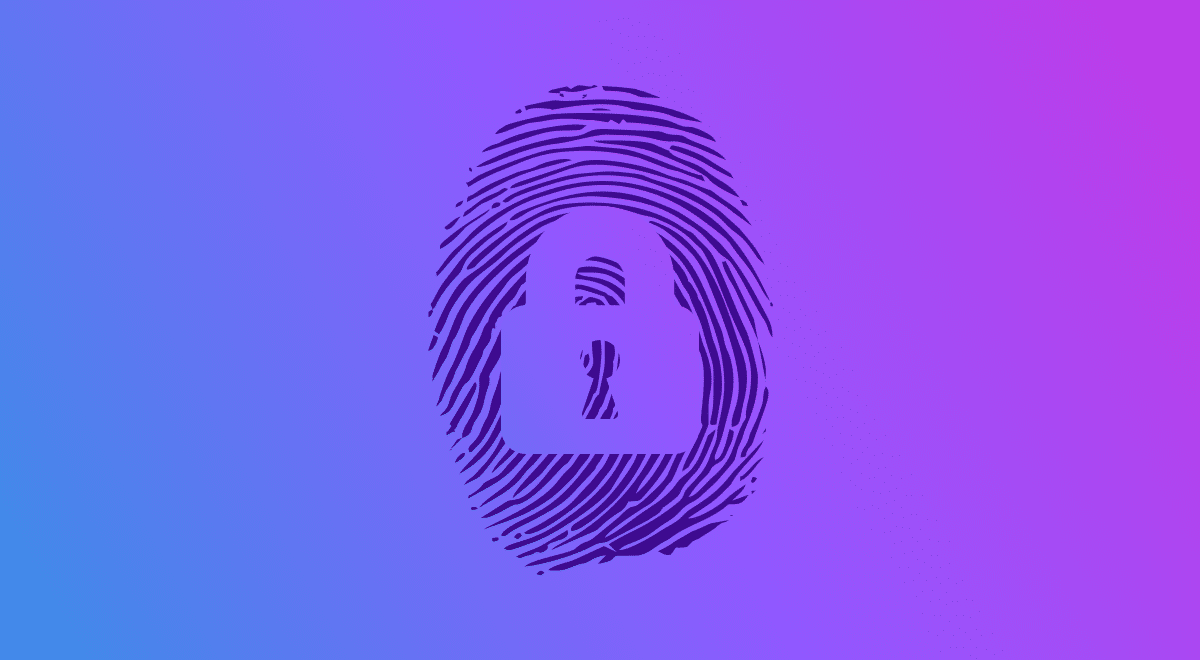
Every Internet user is tracked for his activities over the internet and as we know that browsing activities are carried out over the internet with the use of a Browser like Google Chrome, Mozilla Firefox, etc. which is generally known as Internet Browser. The websites that we visit with the help of the internet browser keeps track of our internet activities with the use of cookies so, if you want not to be followed over the internet for your activities then the first thing that you have to do is to block the unnecessary cookies and allow the important ones which are essential to run some important features at the same time.
The internet-user all around the globe is aware of the risks associated with the HTTP browser cookies and also of any other kind of data stored by websites on your computer, which could later be used to track you as you surf the web, to stop this from happening delete the cookies at regular intervals or you can also block them permanently.
The latest ‘cookie law’ of EU passed in the May 2013 came into force; that makes it mandatory for websites to ask the user before storing any cookies on their computer. The implementation of the laws has only been partially, but it sure has helped in raising awareness about cookies among the netizens all around the globe.
What is Browser Fingerprinting?
When you visit a website using your internet browser, the browser sends information to the server of that website. The data thus sent can include your browser name, browser version, your basic information, information about the operating system running on your machine and a lot of other relevant data. Now since this information is sent automatically by the browser hence, it is known as passive fingerprinting.
However, when the website actively asks the user to install scripts or any likewise software in order to gain other relevant information about the user, like installed fonts on the machine, resolution of the screen, screen colors, etc. in such a case it is known as active fingerprinting.
The Uniqueness of Your Browser Fingerprints?
The research carried out by the EFF has shown that every browser fingerprint is unique among 286,777 browsers or in other words it could be said that only one of a kind browser fingerprint will be there among 286,777 browser fingerprints.
The Steps That You Can Take to Reduce Browser Fingerprints(in general):
- Always use newly installed copy of OS
- Always use an unmodified or unmodded version of a browser
- Use techniques to mask your IP address like VPN or TOR Browser
- Don’t forget to delete browsing data, cache and cookies after every browsing session (Incognito mode will have the same effect)
- Don’t install javascript at all or disable it (though it will interfere with some website’s functionality)
- Same as above goes for flash, although a lot of features will not work without it like YouTube, flash based games and some other stuff. So, decide what is important for you.
- At last visit EFF’s Panoptoclick site to analyze how successful you have been in your measures.
Conclusion
In the above article, I have explained what browser fingerprints are and how you can reduce your browser fingerprints in order to prevent yourself from being tracked by the websites and protect yourself from another kind of security threats associated with browser fingerprints. Hope the steps provided above to reduce browser fingerprints will be helpful to you in reducing your browser fingerprints, Happy Surfing!










